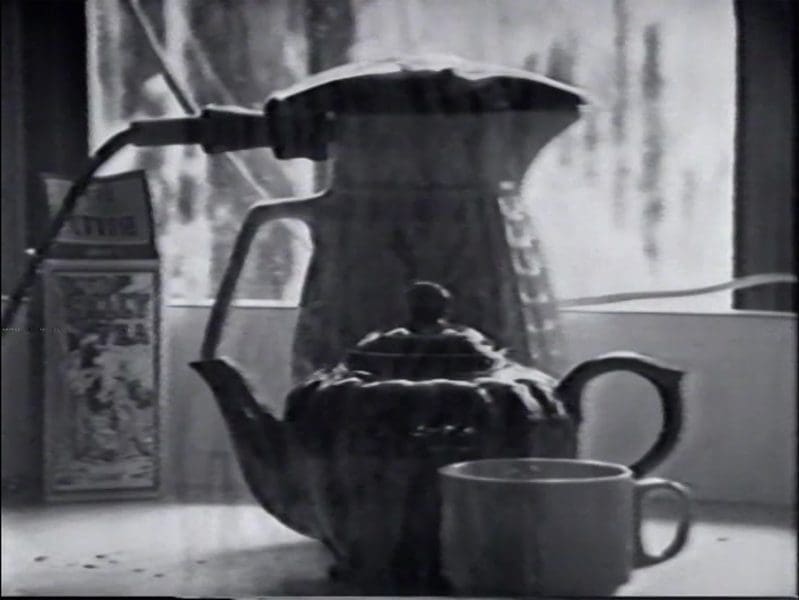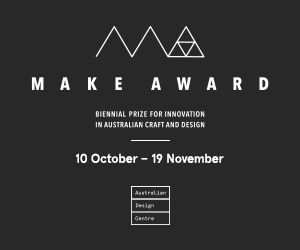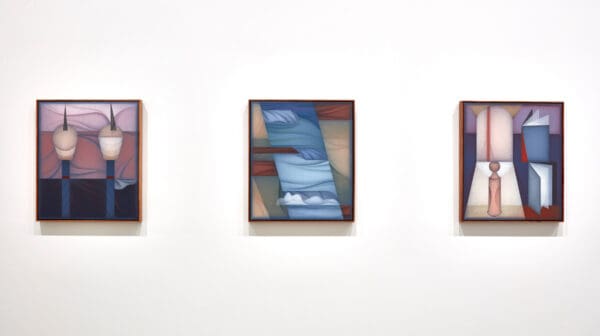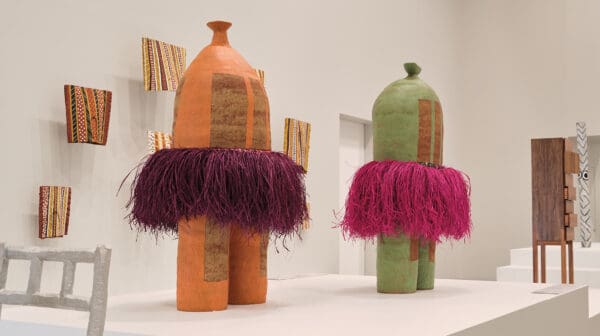“One of the driving questions for me,” says Matthew Perkins, curator of Red Green Blue: A History of Australian Video Art, “is what is the legacy of video art in Australia?” While video and photography are clearly the mediums of our time (from television to Instagram), the history of Australian video art is a rather unknown story. Currently showing at Griffith University Art Gallery, Red Green Blue is a three-part exhibition series that explores the moving image from the 1970s to the present.
Featuring the video works of over 60 Australian artists, Red Green Blue isn’t simply historical. It is thematically divided into three chapters. The first chapter, Red: Everything is Political, dealt with protest-driven art, increasing commodification and the politics of the gallery system. The show sought to uncover an anti-establishment ethos that, as Perkins explains, “related to the ephemeral movement of the 1970s, which was political as artists were getting sick of the commodity driven culture of art.”
The second chapter, Green: Body, Technology, Action, focuses on the nature of performance, undermining the ideologies of television and investigating the materiality and the language of video. Meanwhile the third chapter, Blue: Perception and Encounter, considers how the moving image can be used as an abstract medium. This final chapter also looks at the ability of video art to knowingly create certain perceptions and viewing experiences.
While the exhibitions clearly have a historical thrust, it’s important to note that the series isn’t merely an opportunity to showcase early Australian video art. Instead, as Perkins explains, “It’s about looking at the intergenerational connections between earlier works and works that are being produced now.”
“It’s about looking at the intergenerational connections between earlier works and works that are being produced now.”
“For some time I’ve been looking into the history of video art in Australia,” says the curator. “I guess the main concern for me was that new generations of artists were coming through and they were referencing a lot of artists from overseas and they had little knowledge about our own cultural heritage in terms of moving image.”
To further stress both the historical and thematic links, Red Green Blue has been designed to ensure multiple screens (and consequently multiple time periods) are always within view of each other. As Perkins explains, “This emphasises the intergenerational legacy and also points to how we interact with the world now through devices, as you look at your mobile screen and then you come into the gallery and there are even more screens; it’s like an extension of our being in the world.”
Red Green Blue: A History of Australian Video Art
Chapter 2: Green: Body, Technology, Action
Griffith University Art Gallery
3 May – 3 June
Chapter 3: Blue: Perception and Encounter
Griffith University Art Gallery
6 June – 8 July















